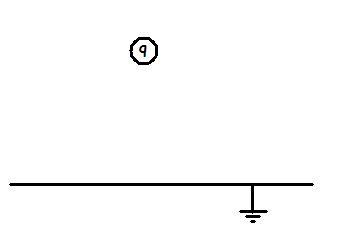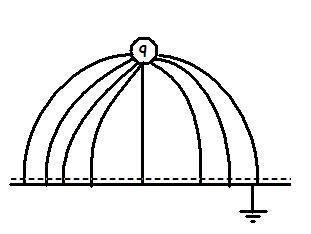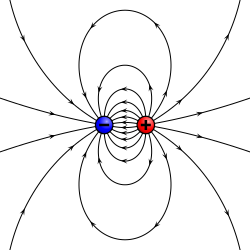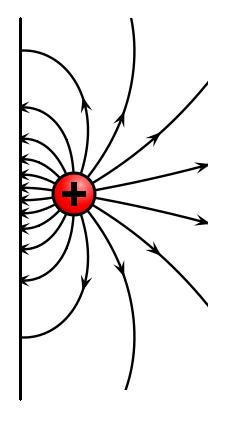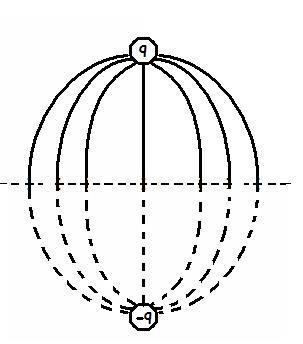My answer to why this is valid at all:
Conditions to be fulfilled as mentioned above:
a)The potential all over the conducting plane must be zero.
b)The total normal electric displacement flux integrated over a closed surface is either 4Î q or zero,depending on weather the closed surface has an enclosed charge or not.(this is just gauss law)
c) potential at infinity is zero.
The solution (1) as suggested by Kelvin is consider the conductor as a mirror and at the position where the image of q should reside we put a -q charge.
It is easy to check that this distribution fulfills our conditions. By uniqueness theorem solution (1) is the only solution. The proof is like this: On the contrary let us assume that there exists another solution say solution (2) which satisfies the above conditions. Let us replace all the charges of the system by charges of opposite signs,call this solution (-2). This solution (-2) does not effect condition (a) and (c). But it violates (b), it makes the total normal electric displacement flux integrated over a closed surface is either -4Î q or zero,depending on weather the closed surface has an enclosed charge or not.Therefore ,if we superimpose solution (1) and (-2) the total electric displacement flux integrated over any surface is zero. So, solution (1) is opposite of solution (-2). Again solution solution (2) and solution (-2) are opposite. Therefore solution (1) and (2) must be same.This proves the uniqueness of our solution.
